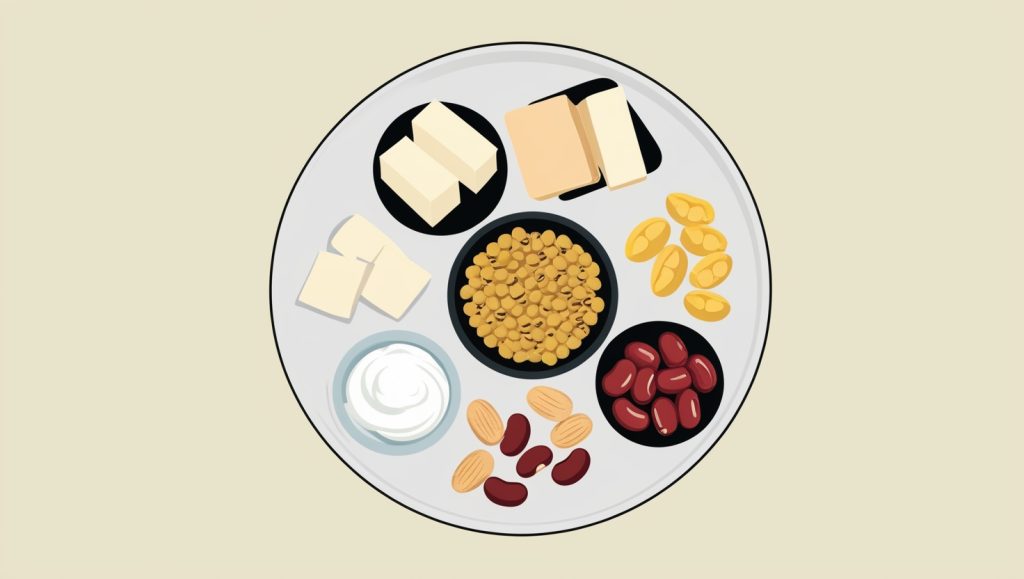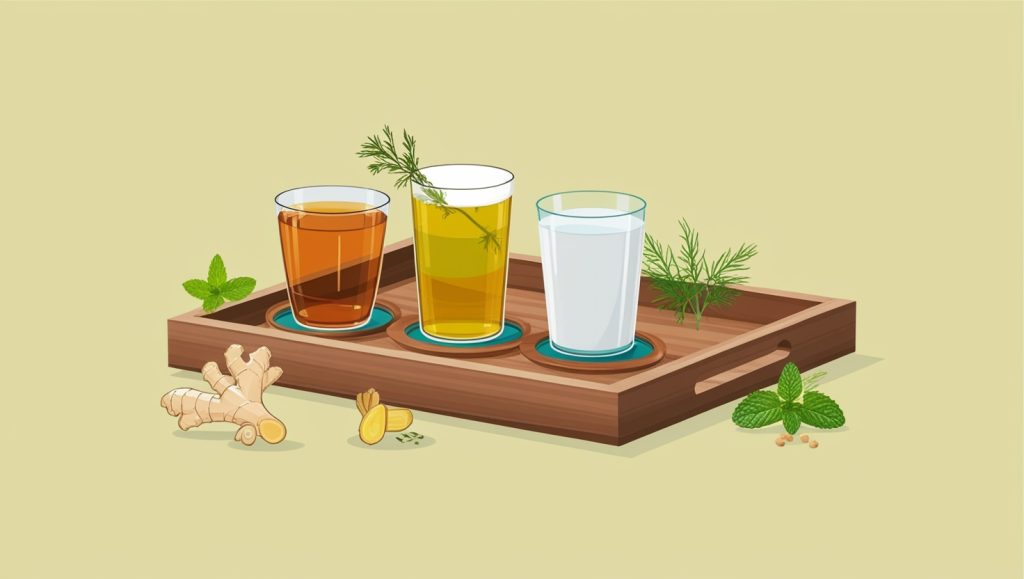Why Iron Matters for Everyone
Iron is a crucial mineral that supports dozens of physiological processes in our bodies—from transporting oxygen in the blood to producing energy at the cellular level. Without enough iron, you may experience fatigue, weakened immunity, and impaired cognitive function. Ensuring an adequate iron intake is especially vital for women in India, who face unique dietary challenges and higher risk of iron deficiency due to menstruation, pregnancy, and often plant-based diets.
Why Do You Need Iron Rich Indian Foods?
In India, traditional diets are rich in plant-based sources of iron, such as millets, leafy greens, and legumes. However, plant-based (“non-heme”) iron is less bioavailable than animal (“heme”) iron, making it essential to include a variety of iron-rich foods and absorption enhancers (like vitamin C) to meet daily requirements. By focusing on iron rich foods for women in India, you can naturally boost your iron levels, support energy levels, and prevent anemia while enjoying familiar, locally available ingredients.
What is Iron Deficiency?
Iron deficiency occurs when the body’s iron stores are depleted, leading to low hemoglobin production. This limits oxygen delivery to cells, causing tiredness, dizziness, and weakened immunity.
What Is Anemia?
Anemia is a condition defined by low red blood cell count or hemoglobin level. Iron-deficiency anemia is the most common type globally, responsible for symptoms such as pallor, shortness of breath, and decreased work capacity.
How Much Iron Do You Need Per Day?
- Adult women (19–50 years): 18 mg/day
- Pregnant women: 27 mg/day
- Postmenopausal women: 8 mg/day
These values may vary based on health status, dietary pattern (vegetarian vs. non-vegetarian), and life stage. Always consult a healthcare professional before starting iron supplements.
How the Body Uses Iron
- Oxygen Transport: Iron is a key component of hemoglobin in red blood cells.
- Energy Production: Iron is part of enzymes in mitochondria, converting nutrients to energy.
- Immune Function: Iron supports growth and differentiation of immune cells.
- Brain Health: Adequate iron supports neurotransmitter synthesis, impacting cognition and mood.
Heme vs. Non-Heme Iron: What’s the Difference?
- Heme Iron: Found in animal products (red meat, poultry, fish). More readily absorbed (15–35%).
- Non-Heme Iron: Found in plant sources (spinach, legumes, millets). Less efficiently absorbed (2–20%), but rich in plant-based sources and important for vegetarian diets.
Combining non-heme iron foods with vitamin C–rich ingredients (citrus fruits, tomatoes, bell peppers) can significantly improve iron absorption.
Causes of Iron Deficiency
- Insufficient Dietary Intake: Low consumption of iron-rich foods.
- Increased Needs: Pregnancy, menstruation, growth spurts in adolescents.
- Malabsorption: Conditions like celiac disease, H. pylori infection.
- Blood Loss: Heavy periods, gastrointestinal bleeding.
Common Symptoms of Iron Deficiency
- Chronic fatigue and weakness
- Pale skin and brittle nails
- Shortness of breath and dizziness
- Frequent infections
- Cold hands and feet
- Headaches and difficulty concentrating
Iron Rich Indian Foods for Women in India
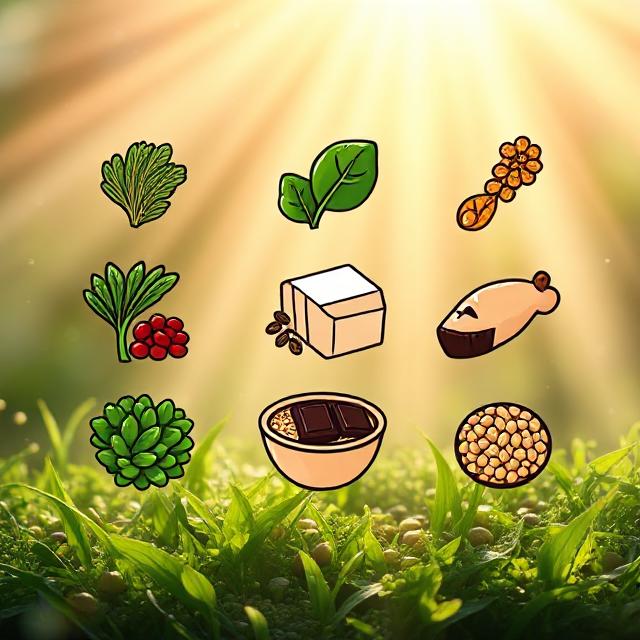
Dry Fruits
- Raisins, Dates & Apricots: High in non-heme iron and natural sugars for quick energy.
- Almonds & Pistachios: Contain iron plus healthy fats and protein.
- Pumpkin Seeds & Sesame Seeds: Sprinkle on salads or yogurt for an iron boost and added crunch.
Millets
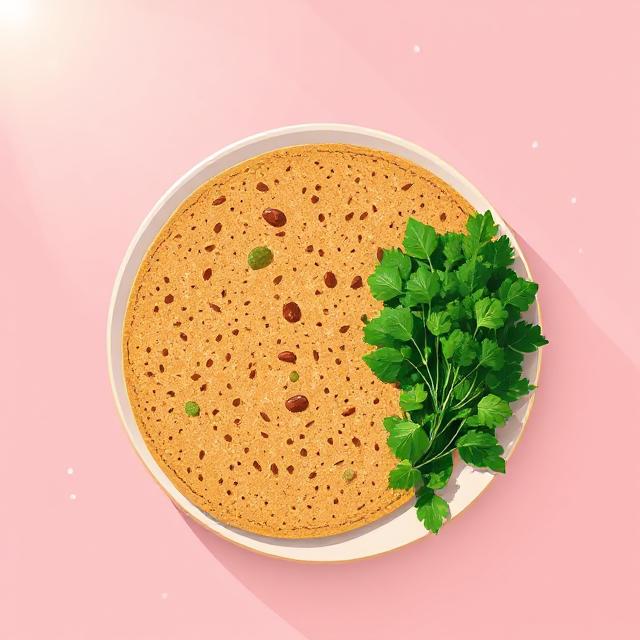
- Finger Millet (Ragi): Offers 3–4 mg of iron per 100 g, plus calcium and fiber.
- Pearl Millet (Bajra): A staple in many regions, rich in iron and B-vitamins.
- Foxtail Millet: Versatile grain for khichdi, upma, or porridge.
Rajgira (Amaranth)
Gluten-free pseudo-grain loaded with non-heme iron, protein, and magnesium. Use as flour for rotis or porridge.
Tofu and Soy Products
Firm tofu, soy chunks, and soya milk contain significant iron, plant-based protein, and isoflavones. Ideal for lacto-vegetarian and vegan meals.
Poultry & Animal Protein
- Chicken Liver & Eggs: Chicken liver is one of the richest heme-iron sources, and eggs (especially the yolks) provide easily absorbed iron along with choline and B-vitamins.
- Lean Chicken (Dark Meat): Dark meat cuts (thighs, drumsticks) contain more iron than white breast meat—enjoy in curries, kebabs, or tandoori preparations.
- Seafood (Where Consumed): Small fish like sardines and dried fish (e.g., karuvadu) are excellent regional sources of heme iron and omega-3s.
Dark Chocolate Treats
Choose >70% cocoa dark chocolate for a delicious source of non-heme iron, antioxidants, and a mood lift. Enjoy in small portions to avoid excess sugar.
Spinach and Other Leafy Greens
- Palak (Spinach): Classic Indian green rich in iron and folate.
- Fenugreek Leaves (Methi): Adds flavor to sabzis and parathas, boosting iron content.
- Mustard Greens & Bathua: Seasonal greens loaded with iron and vitamins.
Tips for Maximizing Iron Absorption
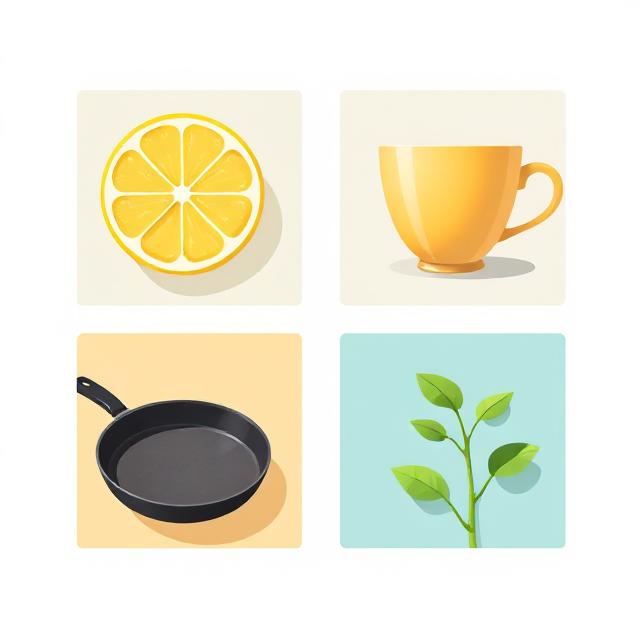
- Pair with Vitamin C: Add lemon, amla, or bell peppers to dals and sabjis.
- Avoid Inhibitors at Mealtime: Tea, coffee, and calcium-rich foods can hinder iron uptake—consume them between meals.
- Use Cast-Iron Cookware: Cooking acidic foods in cast-iron pans can leach more iron into your meal.
- Soak and Sprout Legumes: Reduces phytates that block mineral absorption and enriches nutrient availability.
- Include Fermented Foods: Idli, dosa, and dhokla batters have lower phytate content, improving iron bioavailability.
Frequently Asked Questions
Excessive iron intake can lead to gastrointestinal discomfort and, in rare cases, iron overload. Always follow recommended dosages and consult your doctor before high-dose supplementation.
Women 19–50 need 18 mg/day, pregnant women 27 mg/day, and post-menopausal women 8 mg/day.
Yes—by combining non-heme sources (leafy greens, legumes, seeds) with vitamin C and soaking/sprouting grains.
Heme iron (meat) is absorbed 15–35%, non-heme (plants) 2–20%—pair with vitamin C to boost non-heme uptake.
Add citrus to meals, avoid tea/coffee during meals, cook acidic dishes in cast-iron, and include fermented or sprouted foods.
